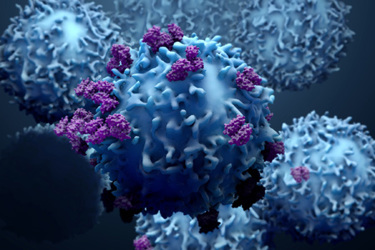Identifying And Understanding Differentiators In CAR T Cell Therapy

Some 65 years on from the first successful bone marrow transplant, the bioengineering of human cells continues to evolve into further discoveries in hematological oncology and other therapeutic areas. Cell therapy, the transplantation of viable human cells to treat and repair damaged cells, remains a hot topic – one that has yielded astounding clinical results and a viable, competitive market.1
Chimeric antigen receptor (CAR) T-cell therapy has further refined that success into FDA-approved treatment for B-cell non-Hodgkin’s lymphoma, B-cell acute lymphoblastic leukemia, and multiple myeloma. While not theoretically limited to hematology, CAR T-cell therapy has created a very novel treatment for blood cancers that requires deep biological understanding and logistical oversight.
“For a long time, CAR T-cell therapy was more akin to science fiction,” noted hematologist Robert S. Negrin, MD, Professor of Medicine and former Chief of the Division of Blood and Marrow Transplantation at Stanford University, and Biorasi Scientific Advisory Board member. “Today, treatment is quite real and effective. However, as with all cancer therapy clinical trials, it is not without its challenges.”
Get unlimited access to:
Enter your credentials below to log in. Not yet a member of Clinical Leader? Subscribe today.
